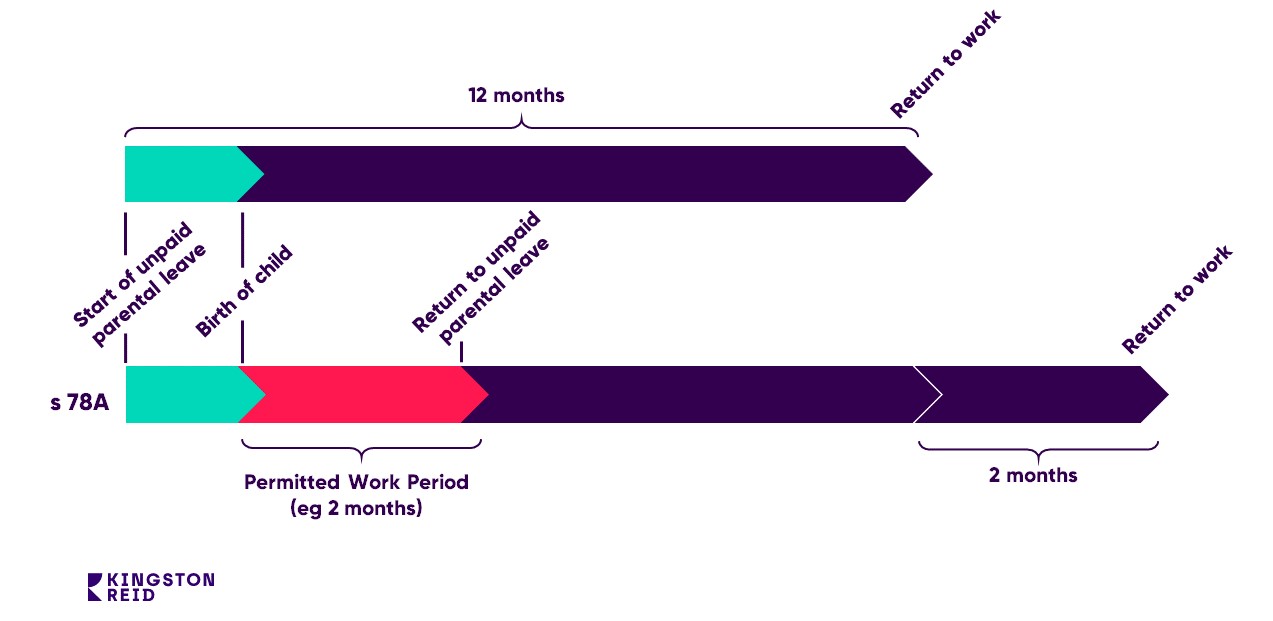December 9, 2020
Today, the Morrison Government has introduced the Fair Work Amendment (Supporting Australia’s Jobs and Economic Recovery) Bill 2020 into the House of Representatives.
Attorney-General and Minister for Industrial Relations, Christian Porter, has been meeting with working groups comprising business and union groups since June 2020 to tackle known problems within the industrial relations system in the broader context of the Covid-19 pandemic.
Although the discussions of the working groups were confidential, and no public consensus was reached, the Bill has been presented as the Government’s considered response to what the stakeholders had to say.
Importantly, what is presented is not a laundry list of employer or union demands, which has characterised most industrial relations reform over the last 20 years.
Instead these are changes that are aimed at providing comfort to employees but also certainty to employers that the Fair Work Act can be used to encourage, rather than undermine job creation in the post-recession environment.
The changes correlate in many respects with the subject areas dealt with by the working groups. We have prepared Fact Sheets for each area which can be accessed here:
- Casual Employees
- Compliance & Enforcement
- Greenfields Agreements
- Enterprise Agreements
- Award Flexibilities
Some of the changes were expected:
- Harsher penalties for wage theft and underpayments.
- A broad right for regular and systematic casual employees to convert to permanent employment balanced against a mechanism to stop double dipping on entitlements.
- Extended nominal terms for greenfield agreements on major projects to give certainty of employment conditions and prevent strike action mid-project.
- The introduction of “Flex up” provisions in certain Awards to allow part time employees to volunteer to work extra hours without creating an overtime burden on their employer.
- An improved Better Off Overall Test for enterprise agreements with a focus on the actual circumstances in the workplace and a relaxing of technical procedural requirements that have clogged enterprise agreement approvals.
- A redefining of the “genuine agreement” requirement by reference to an overall discretionary test of an “informed decision”.
Some of the changes were not expected:
- Extension of Covid-19 flexibility provisions in Awards for a further two years.
- A 21 day time limit on the Fair Work Commission to approve enterprise agreements unless there are “exceptional circumstances”.
- A much tougher test for non-parties and bargaining representatives to intervene to prevent enterprise agreement approval.
- A sunset deadline which will terminate all pre-2009 (so called zombie) enterprise agreements by 1 July 2022.
- Express legislative confirmation that there will not be an enterprise agreement transfer of business between related entities if employment with the new entity is “at the initiative of the employee”.
- A three month cooling off period after nominal expiry before an application to terminate the agreement can be made.
- Permitting a new franchise employer to opt in to an existing enterprise agreement with a vote of only that new franchisee’s employees.
There were also some missed opportunities:
- Preventing strike action while an employee is employed on an individual flexibility agreement.
- More detailed streamlining of Awards to encourage the use of standard terms across the Award system.
- Permitting provisions in Awards exempting employees above certain classifications from the application of nominated Award provisions.
- A shortened timeframe for a circuit breaker greenfield agreement to be made where a union refuses to reach agreement.
Overall the package looks to be a methodical response to the issues facing employees and employers in a post Covid-19 recovery. It remains to be seen what actually becomes law, when passed.
Irrespective, it will present risks and opportunities to employers.
Now is the time to revisit the issues that your workplace faces in each of the areas that have been covered and be ready to consider how your strategy might change once the legislation is finalised.
Duncan Fletcher
Partner
+61 8 6381 7050
[email protected]
Christa Lenard
Partner
+61 2 9169 8404
[email protected]
Steven Amendola
Partner
+61 3 9958 9606
[email protected]

